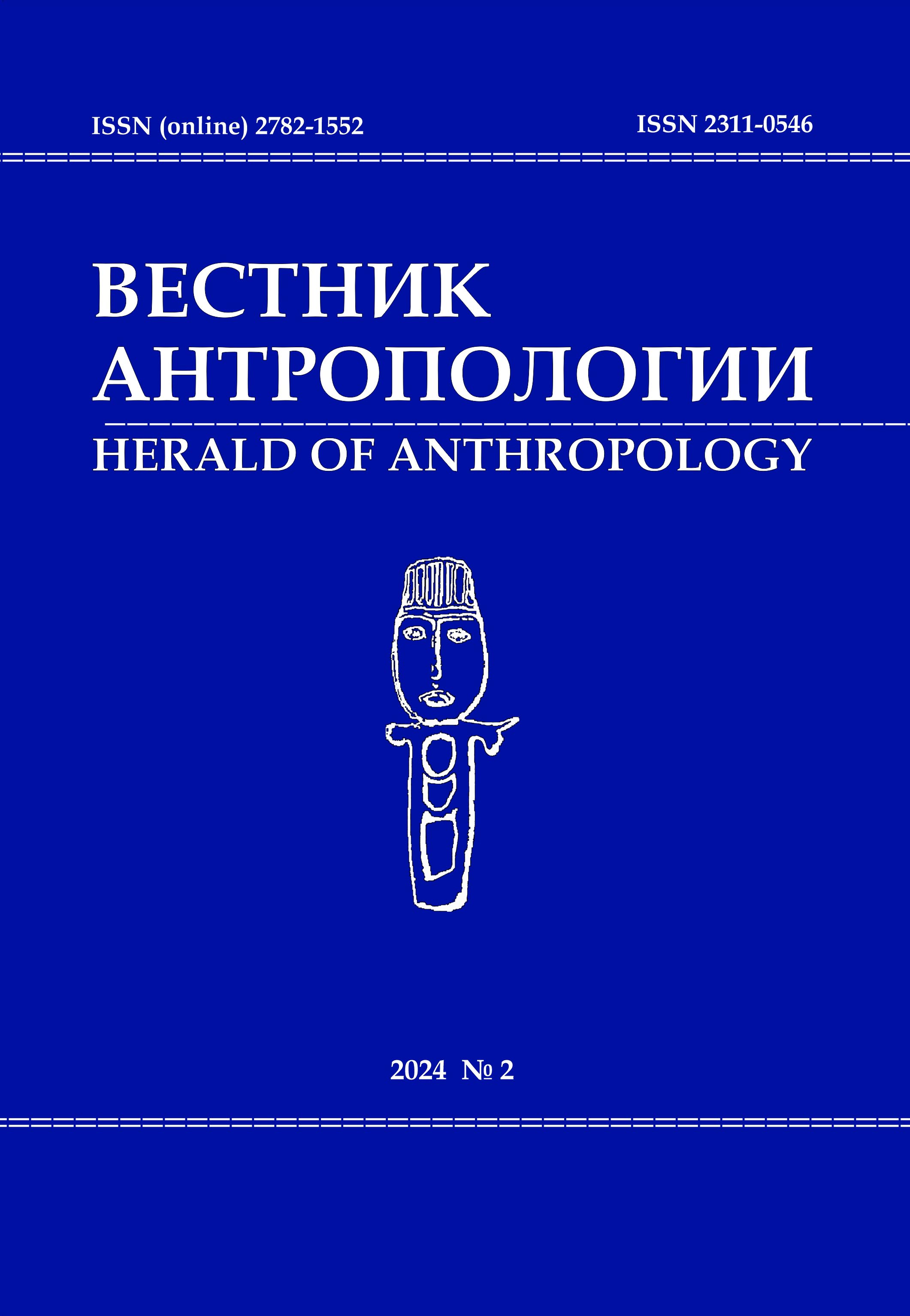База, деревня, природа: трансформация представления местных жителей о поселке городского типа во второй половине XX — начале XXI в
DOI: 10.33876/2311-0546/2024-2/45-66
Ключевые слова:
поселок городского типа, сельское, городское, Русский Север, «первое место», «второе место», «не-место»Аннотация
Статья посвящена исследованию статуса поселка городского типа (ПГТ) второй половины XX — начала XXI в., а именно анализу представлений о сельском и городском, о границе сельского и городского в восприятии современных жителей южной части Архангельской области. При помощи концептов «первого», «второго» и «не-места» (по М. Оже), была предпринята попытка исследования с этнографической точки зрения советского проекта по преобразованию сельского поселения в город. На основе полевого материла и анализа газетных статей автор показывает, что официальный взгляд на ПГТ как на модерновый, городской населенный пункт не совпадает с мнением жителей, участвовавших в реализации этого проекта. Отношение к поселку, созданному преимущество переселенцами из сельской среды, на протяжении времени менялось от восприятия его как рабочего места в лесу к попытке создания жилого пространства на основе деревенского опыта. Далее оценка поселка вновь трансформировалась, он стал видеться как территория, не до конца преобразованная в городской район и, наконец, еще позднее как перевалочный пункт по дороге из деревни в настоящий город и наоборот.






















